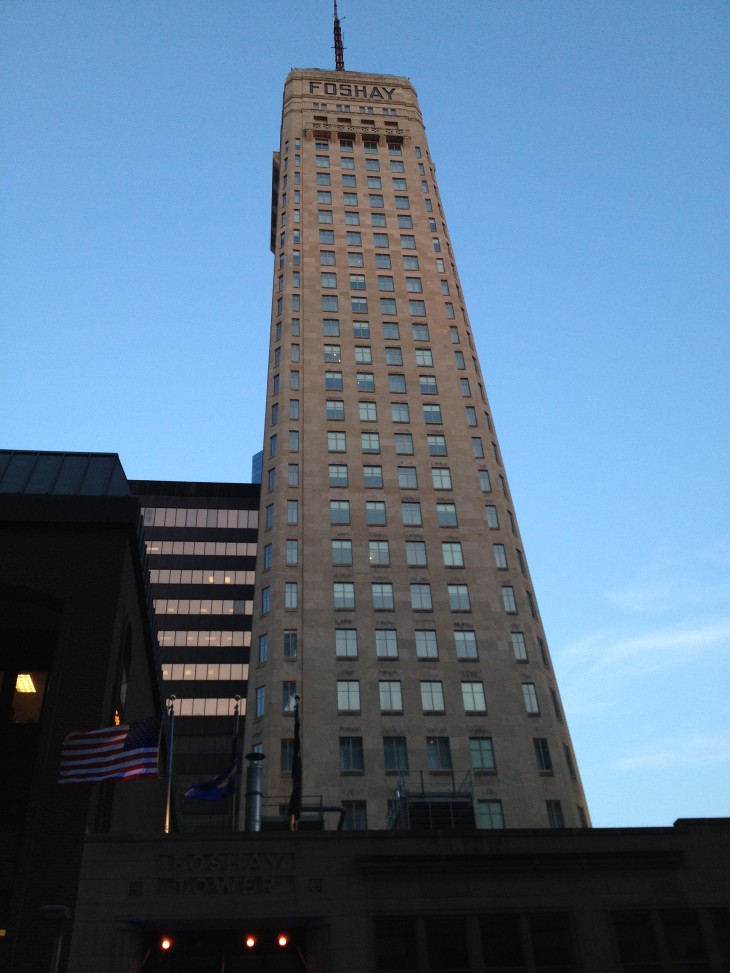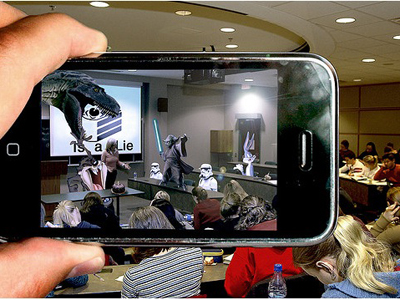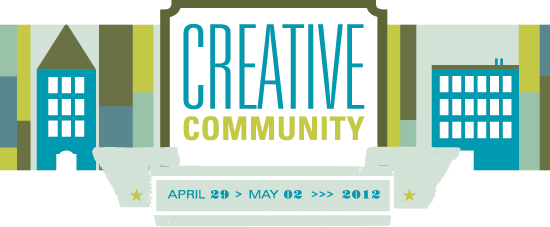So the AAM conference has come and gone. The museums, science center, and cultural organizations of Minneapolis and St. Paul were gracious and wonderful hosts. Now that the dust has settled and we have recovered from the last of the all night parties, here are some observations in no particular order.
- Walker Art Center with its Open Field Initiative – Awesome! Where else can I get a hula hoop and give it whirl at a moment’s notice on a sea of grass. A model for community engagement.
- Art in science centers – a growing trend. And this is not just science based art but that certainly will be its major theme. Juried show opening at the NYSci upcoming
- National Association for Museum Exhibition (N.A.M.E.) threw a great party at the Foshay Tower. Beautiful art deco space at the top and the most hidden with interesting museum at the top of the tower. Minneapolis style Empire State Building observation deck at the very top.
“Science centers are often scared to say what we must do concerning issues facing our planet, artists and art have no fear.”
- Generational discussion continued at the conference it still feels that there are some tensions between Generation X and “grey beards” in the museum field or perhaps just miscommunication.
- Speaking of generations it was great to see all of the students who came to the show. It’s nice to see that working in the museum field is of interest to so many.
- The game experience theme is another experience thread weaving itself through a variety of medium. It may be a key way portables are used in museums. Shout out to Minnesota’s Historical Society’s “Reinventing the Field Trip for the 21st Century.”
- The above great quote (from hastily written notes) from Walter Staveloz of ASTC




